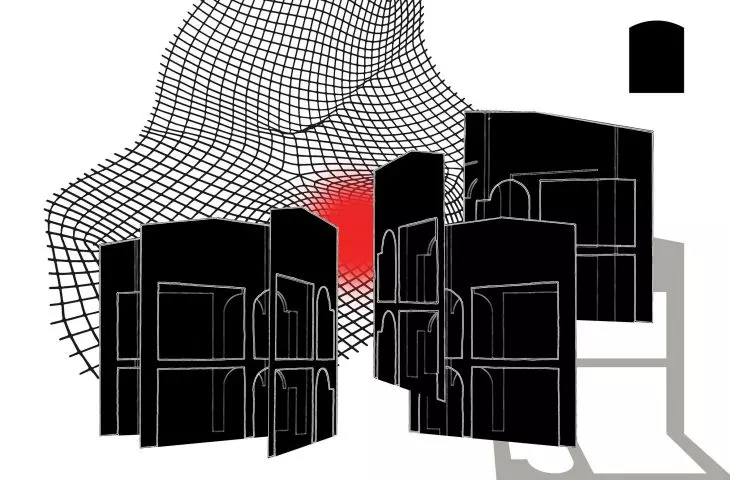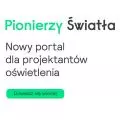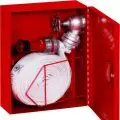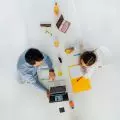Work submitted for the competition
"Best Interior Diploma 2020/2022".
Krakowskie Podgórze is a neighborhood that has been undergoing strong transformations recently. We are not only talking about the reorganization of space, which has certainly changed the fabric of the city, but also about the associated social transformations. It seems that a certain exchange of the neighborhood's residents is moving towards a search for their own identity as a cohesive neighborhood group.
"Substance of Dialogue" project model
© Izabela Rajnfus
The development of technology limiting the need for real contact and the lack of adequate places for neighborhood meetings are direct reasons for the disappearing relationships of the neighborhood's residents. The apparent neglect is strongest in the group of young people, who used to be strongly connected to each other as tenants of one cage, block, tenement or housing estate. Unrestricted transportation options mean that large urban centers take on a rotating character (the flow of tourists, students or workers).
The interaction takes place in Krakow's Podgórze area
© Izabela Rajnfus
The natural need to belong manifests itself in the desire to be socially rooted; being part of a whole provides a sense of security and acceptance and builds self-awareness. Mental coexistence in the city space allows us to create a subjective vision-map, in which we place ourselves as a link-node in the network.
The author proposed the use of Fort 31
© Izabela Rajnfus
Erected in the mid-19th century, Fort 31, now forgotten, is the base for presenting the idea of strengthening relationships among the residents of the Krakow neighborhood. The goal is to create a new social narrative, fostering interactions of conditions of close interaction and emotional exploration of the surroundings. An attempt to give new value by bringing out the symbolic layer, rediscovering the space. The proposed design scenario took the form of an urban game.
design model
© Izabela Rajnfus
The interaction begins in the Podgórze area, where distinctive zones have been identified, within which a smartphone user, through an app and the eye of a camera, can record a constantly changing image. The app scans and recognizes the colors of the environment, transposing them into sounds. The resulting melody must be dropped at the base of the sound messages, which is the fort building. This encourages physical interaction with people and architecture.
The app scans and recognizes the colors of the environment, transposing them into sounds
© Izabela Rajnfus
These authorial recordings of the space are mixed in the central part of the block, creating a kind of peculiar (u)creation. It should be noted, however, that we will never get a single result. It's a process still being woven by the users. The sounds of the city accumulate in the fort, permeating the building, deconstructing and enlivening it, changing its meaning. The graphics and models on display illustrate the processes taking place.
Izabela RAJNFUS
Illustrations: © Author












































